How to Successfully Create a Color Palette
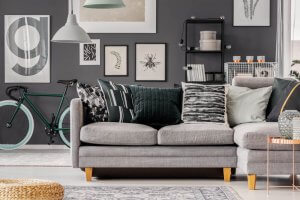
Choosing a color for your walls isn’t too hard. But things get complicated when you want your decor to have some personality and balance or want to decorate your home in a specific way. The trick is creating the perfect decor with a color palette that expresses who you are. Do you know how to create the right color palette?
What is a color palette?

There are two ways to create a working color palette. You can harmonize all the colors to create chromatic unity and play with elements like furniture and accessories, or you can contrast the colors, which calls for a main color and complementary colors to contrast it.
Using your color palette
The rule of three

The rule of three will help keep you grounded as you create your color palette. Choose the main color that will serve as your palette’s protagonist. Here’s an idea – try using that color on your walls. Next, choose a complementary color for your furniture pieces to contrast the main color. And lastly, create pops of colors with a third color, and in varying shades, on your accessories.
With the rule of three, it’ll be easier for you to apply your colors to your decor successfully. Here are some more rules – don’t use more than four or five colors and make sure one of them is neutral.
What kind of elements do you have in your decor?

While finding inspiration in everything is great, you should always have your home style in mind. For example, you have a tiny bathroom but want to paint it indigo. On Instagram, indigo bathrooms might look beautiful but it won’t look the same in such a small space.
A good color palette can help make your rooms look bigger and brighter. In the same way, they can make hallways look longer. Take the time to analyze your space, heights, shapes, and light.
The magic of neutral colors
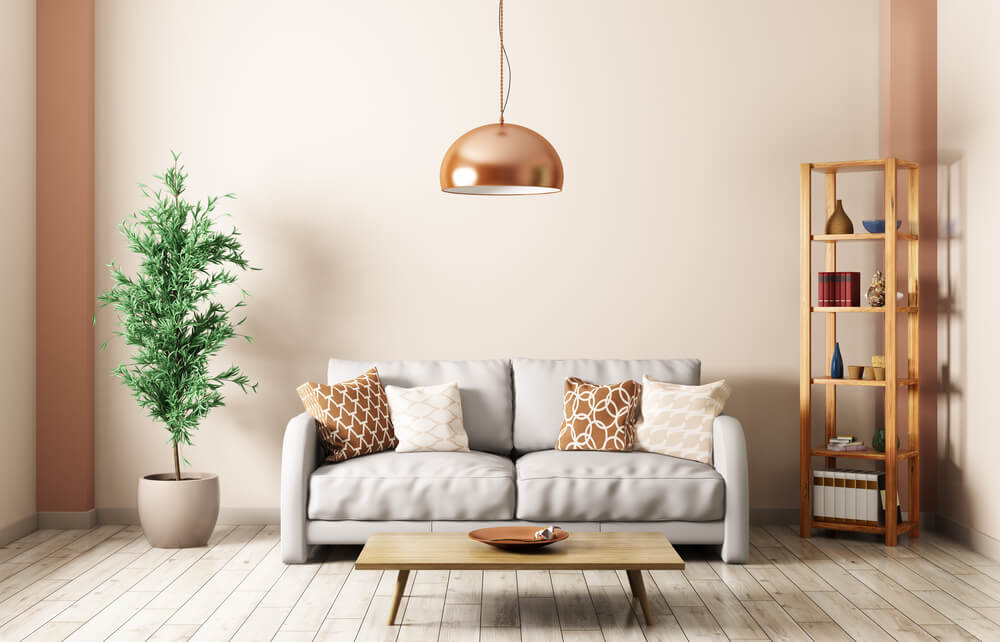
Regardless of how much you may love color, don’t forget the important role that neutrals play. They help the other colors in your palette stand out even more.
Remember that neutrals go beyond white, gray or beige. You can find neutral blues, yellows or greens. They are very important for achieving that perfect balance with your other colors.
Getting personal
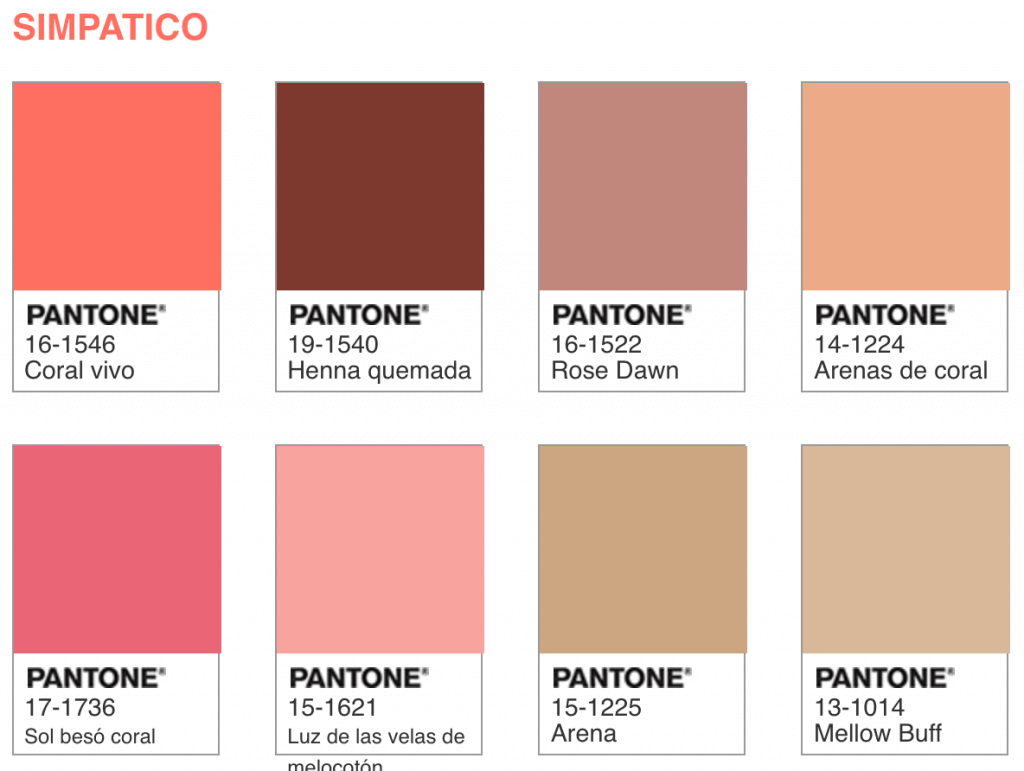
Go beyond trends and discover what you want to express in your home decor. Living Coral was the color of the year but if it’s not for you, no problem! You have no obligation using it in your decor. Your home decor should always reflect your personality.
Ever heard of the color wheel?
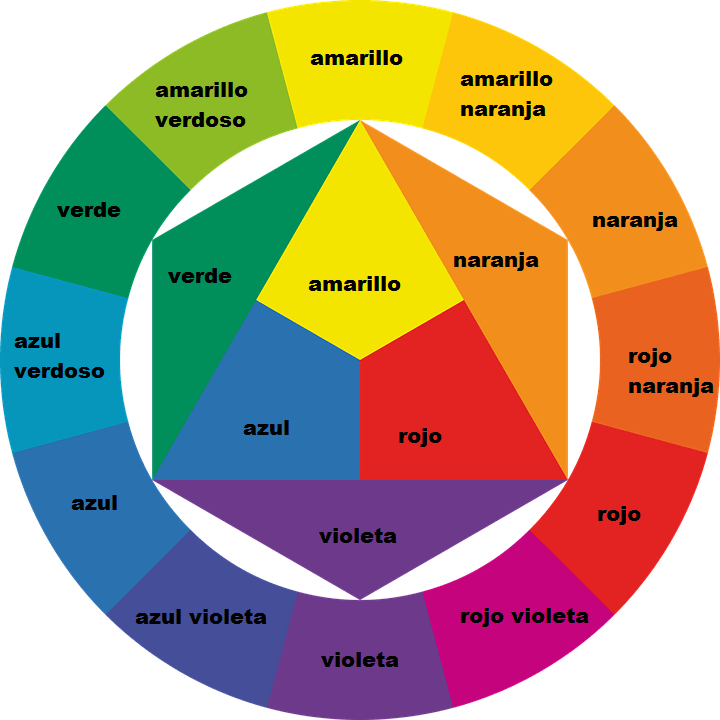
Shown above (in Spanish), the color wheel divides color by:
- Hues – twelve different hues.
- Temperature – six warm colors and six cold colors.
- Ranges – three primary colors, three secondary and three tertiary colors.
- Value – center light, half-light, half tone, core shadow for each color.
- Complements – opposite colors.
Color palette examples
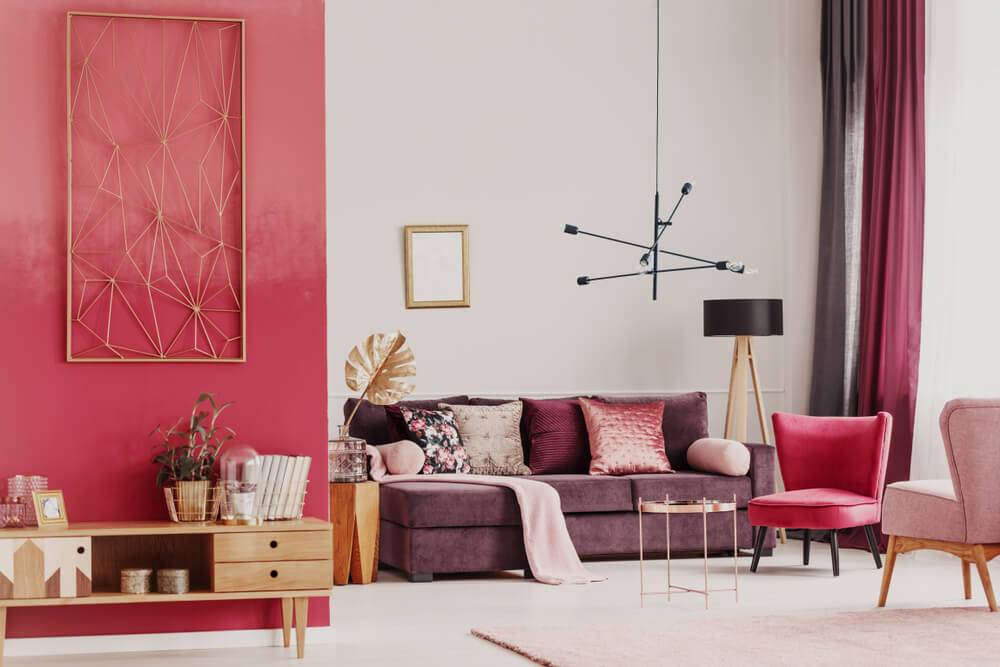
- Monochrome – a monochrome palette uses the same color in different intensities. In other words, it uses color and its half-light, half tone, and shadow color.
- Complementary – this palette uses two opposite colors on the color wheel. For example, blue and orange.
- Triad – the triad palette uses colors that form a triangle on the color wheel, such as yellow, red, and blue.
- Analogous – analogous palettes take a primary color and pair it with the two colors that follow it on the color wheel. For example, yellow, yellow-green and green. Creating a color palette for your home will take some though but once you have it, the rest of your decor will fall right into place.